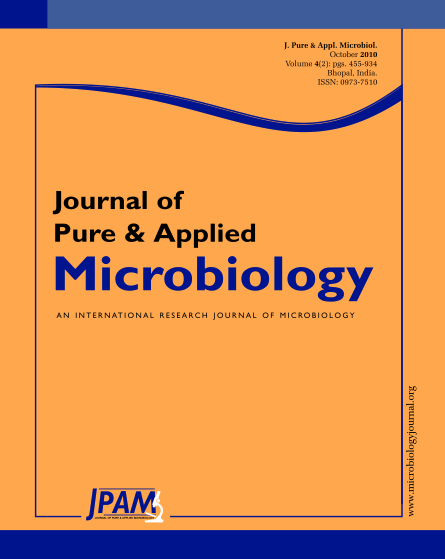The microbiological quality for nine brands of active dry yeast (ADY) – indigenous and imported- sold in Egypt was investigated and compared with the Egyptian compressed yeast. In addition, the viability of the yeast cells was estimated. The results showed that the mean counts (log10 cfu/g) for the total viable count ranged from 8.70 to 9.59 while enterococci were not detected in any sample. The compressed yeast recorded the worst microbiological quality regarding to its very high microbial load; total coliforms (5.38 log cells/g), Faecal Coliforms (5.25 log cells/g) and Salmonella (detected in 50% of the tested samples). On the other hand, ADY recorded better result as percentage of unacceptable samples as following; total coliforms (23.3%), faecal coliforms (17.8%) and Salmonella (4.4%) most of the unaccepted samples were those made or packed in Egypt. However, ADY recorded a bit higher unaccepted samples regarding to moulds (35.6%), Bacillus cereus (18.9%) and Staphylococcus aureus (34.4%) while the results of the compressed yeast was for moulds (30%), Bacillus cereus (10%) and Staphylococcus aureus (20%). Concerning yeast cell viability, the compressed yeast revealed the highest viability (96.9%) while the viability of ADY brands ranged from 23% to 78.3%. All samples of the English ADY met the standards with high microbiological quality and viability (78.3%). This study indicates that baker’s yeast could represent notable hazards to humans and maybe a cause for public health concerns.
ADY – Saccharomyces cerevisiae, quality, viability and microbiology
© The Author(s) 2010. Open Access. This article is distributed under the terms of the Creative Commons Attribution 4.0 International License which permits unrestricted use, sharing, distribution, and reproduction in any medium, provided you give appropriate credit to the original author(s) and the source, provide a link to the Creative Commons license, and indicate if changes were made.


